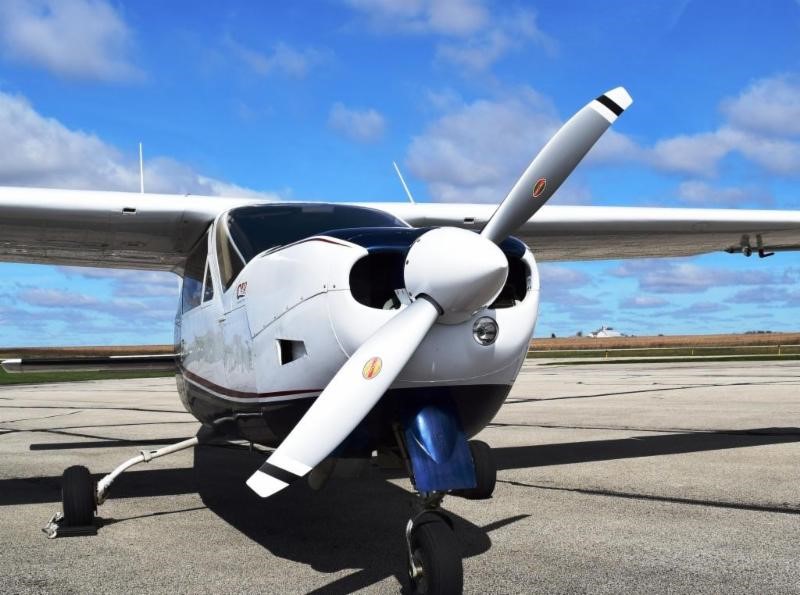Are you fascinated by the history and science of propeller design? We are, too. That’s why we compiled this list of ten fascinating things you might not know about aircraft propellers. Test your aviation knowledge with these interesting propeller facts:
- The earliest references of propeller designs originate from ancient Chinese spinning toys made from bamboo.
- Leonardo da Vinci experimented with “airscrew” designs in the late 1400s for a helicopter-like flying machine.
- The Wright Brothers invented the twisted airfoil propeller, using blades that were shaped more like wings than screws. This curved, or cambered, design increases the amount of thrust produced by the propeller.
- The Wrights’ props operated at about 82% efficiency. Today’s propellers have an efficiency of around 90%.
- Hartzell Propeller got its start in 1917 in Piqua, Ohio, after Orville Wright suggested to Robert N. Hartzell that he manufacture aircraft propellers using walnut wood from his family’s lumber mill.
- Neil Armstrong placed a scrap of fabric and piece of the wooden propeller from the original 1903 Wright Flyer on surface of the moon.
- Hartzell Propeller has over 500 different propeller blade designs available.
- Synchronization (or interrupter) gear was invented during World War I to prevent mounted machine guns from hitting the aircraft’s propeller. Synchronization gear triggers the machine gun at a precise moment in the propeller’s revolution so the bullet passes between the blades.
- Howard Hughes’ H-4 Hercules ‘Spruce Goose’ had eight four-bladed propellers, one for each engine on the flying boat. Each prop was 17 feet, 2 inches in diameter.
- During World War II, the United States produced approximately 799,972 aircraft propellers.
